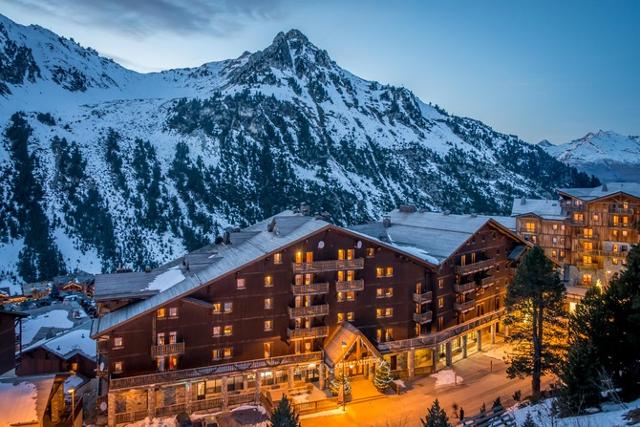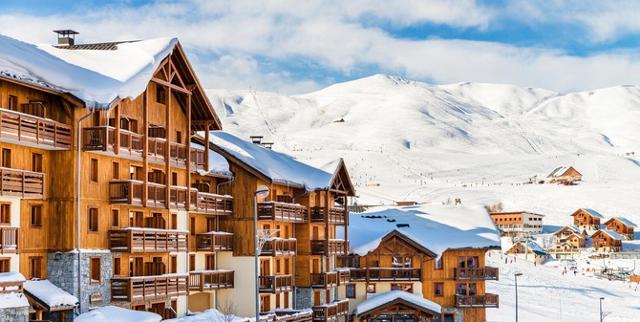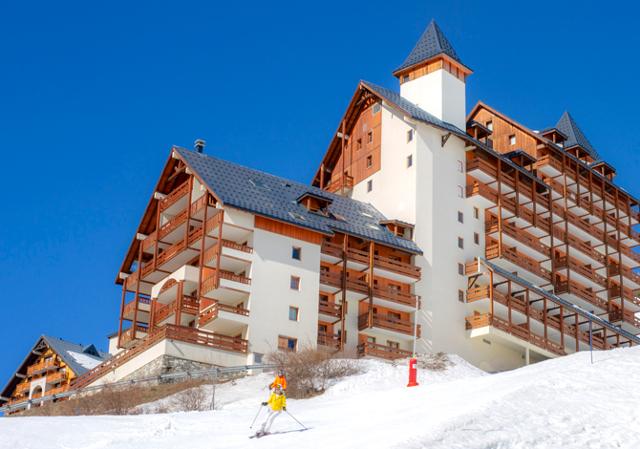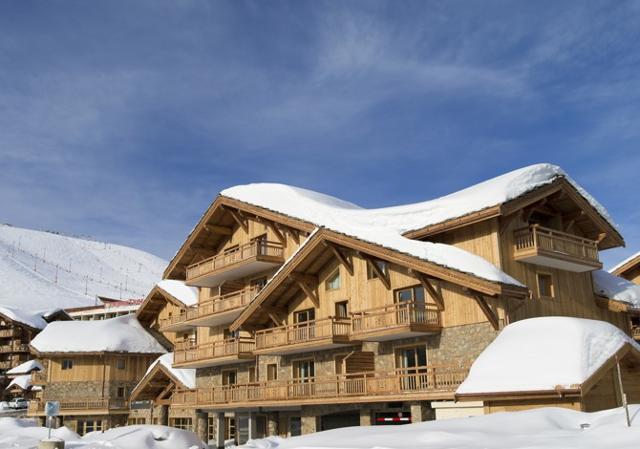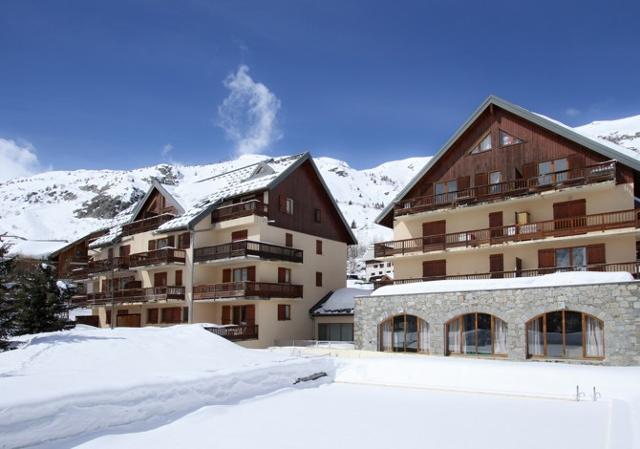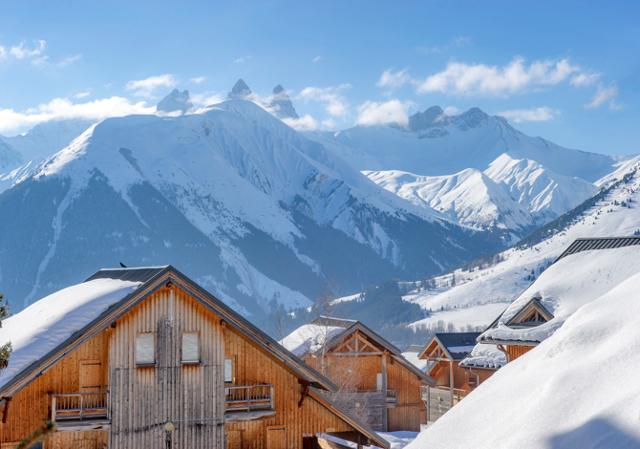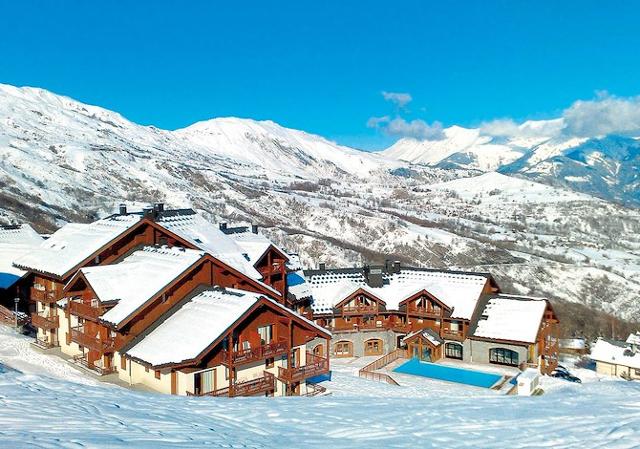
As part of our Ski Travel Guide, we’re taking a look at the best non-ski activities, and snowshoeing is the perfect one for the whole family. It’s become fashionable in recent years (so is widely available), and you don’t need any special skills to give it a go. Children of all ages, seniors, and non-athletes can all snowshoe. So, let’s take a look at what snowshoeing involves.
What is snowshoeing?
Snowshoeing, as the name implies, is akin to hiking with snowshoes strapped to your boots. Snowshoes, which look a bit like tennis racquets without the handles, are fitted with crampons and claws that grip frozen ground. This allows you to walk on the snow without sinking in.
Snowshoeing can be a done at a leisurely pace, while you take in the natural beauty around you. Or it can be done at a faster pace if you’re looking for a workout. Snowshoers can burn up to 1000 calories an hour! Stay on groomed hiking trails or go off-piste. The choice is yours!

Prerequisites for snowshoeing
A pervasive myth about snowshoeing is that it’s more difficult than hiking. Not true! Being in good health is really the only thing you need to go snowshoeing. Just take it one step at a time! However, those with injuries that make hiking painful, such as bad knees, would do best to find another activity.
A typical snowshoeing session
As with other winter touring activities, snowshoeing can be done under the supervision of a guide, or you can go it alone. You certainly could self-guide as a first timer, but don’t wander off into uncharted territory. Snowy landscapes can be difficult to navigate if you’re not used to doing so. As such, your session may be cancelled if weather conditions are unfavourable or there is a risk of avalanche.
Self-guided sessions
If you want to go it alone, it’s best to follow a pre-marked trail. Make sure you’re familiar with the signposts so that you stay on the trail. Marked trails keep you out of potentially dangerous areas. Consider taking a class in snow hydrology before your trip—you’ll learn the different between powder snow, crud, and more. It’ll help you to identify and manage in different types of snow and unpredictable weather conditions.
As there’s no guide involved, the only cost you’ll incur is for the lift ride to the trail.
Average cost:
- One lift ride: 4-7 euros
- Two lift rides: 7-11 euros
- Three lift rides: 9-15 euros
Sessions with a guide
We highly recommend that beginners go accompanied by a guide. Not only does it take the pressure off during your holiday, you might just learn a thing or two! Guides can teach you how to read a map, use a compass, follow trail markers, and adapt your breathing technique to high altitude mountain air. Just make sure you let them know what your expectations are before you set off. That way, they can choose the best route for you and your children.
Please note that minimum age requirements may apply, usually around 7 or 8 years old.
Average cost:
- Group session: 35€ for 3 hours or 60€ for 6 hours
- Private session: 200€ for 3 hours
Now that you know what to expect, let’s get outfitted. Snowshoes are often included in guided sessions, but let’s take a look at the other equipment you’ll need below.
What equipment do I need to go snowshoeing?
You’ll need two main things to go snowshoeing: the shoes (of course!) and warm waterproof outerwear and accessories. If you’re on a ski holiday, your ski wear will suffice. Gear can either be purchased or rented, so let’s look at both options.

Snowshoes
If you’re purchasing your own shoes, opt for a versatile pair that is compatible with different kinds of snow boots. That way, if you get new boots, you can still use your snowshoes. Other important factors to consider: your weight, foot size, the type of terrain you’ll be traversing (to choose the right kind of crampons), and the snow boots you’ll be wearing (to get the right bindings).
Brands to explore: Mountain Safety Research (MSR), Atlas
Hiking poles
No need to spring for anything fancy. Basic hiking poles will get the job done. Opt for a lightweight model if you can—after all, you’ll be toting them around all day!
Brands to explore: Leki, Black Diamond, Trekology
Clothing for snowshoeing
If you’ve been skiing or snowboarding, you already have all the clothing necessary for a snowshoeing session. If not, layering is key. Winter athletes need a base layer, a mid-layer, and a waterproof outer layer.
Brands to explore: The North Face, Patagonia, Columbia, Marmot
A quick recap of the clothing you’ll need:
- A base layer: a thermal pants or leggings and a shirt
- A mid-layer: either a jumper or a fleece jacket
- A top layer: a ski jacket and waterproof gloves
- Warm socks
- Sunglasses or ski goggles + sun cream
- A wool hat
- Snow boots
Don’t know what to pack for your ski holiday? Check out our guide: What to Wear Skiing.
Where can I go snowshoeing in France?

The Alps is a great place to go snowshoeing in France. Pair legendary skiing and snowboarding with this unique winter activity for the ultimate winter sports experience! Here are some of our favourite snowshoeing destinations, where you can also hit the slopes:
- Alpe d’Huez is home to multiple snowshoeing trails. Try their moonlit walk on weekends!
- Les Arcs has a lot of fun snowshoeing options, including a fun encounter with local wildlife. See goats, ibex, and deer up close!
- Les Gets is always finding new and creative twists on traditional activities. After an invigorating snowshoeing session, enjoy a locally sourced meal in an igloo!
Subscribe to our newsletter below!



